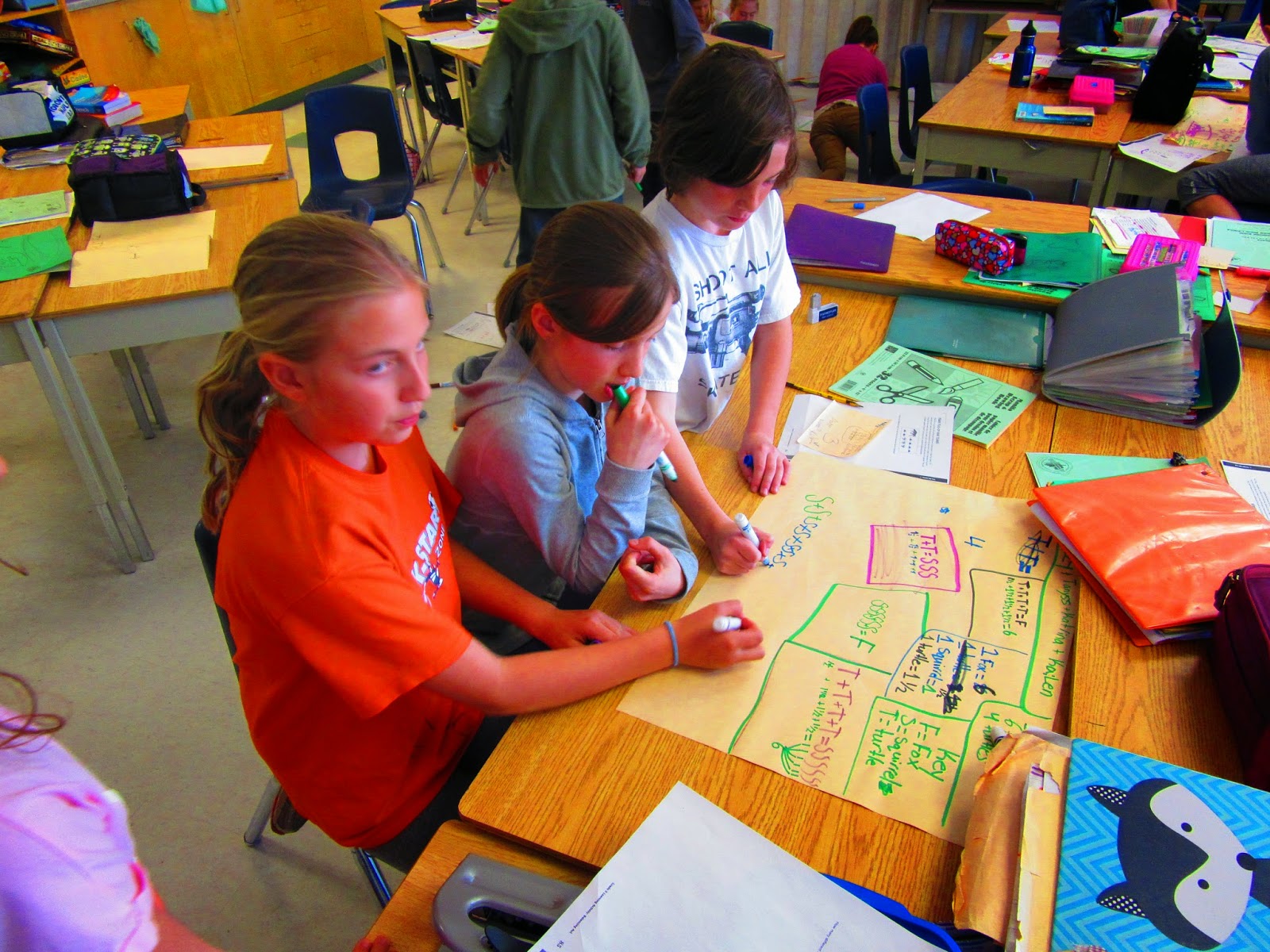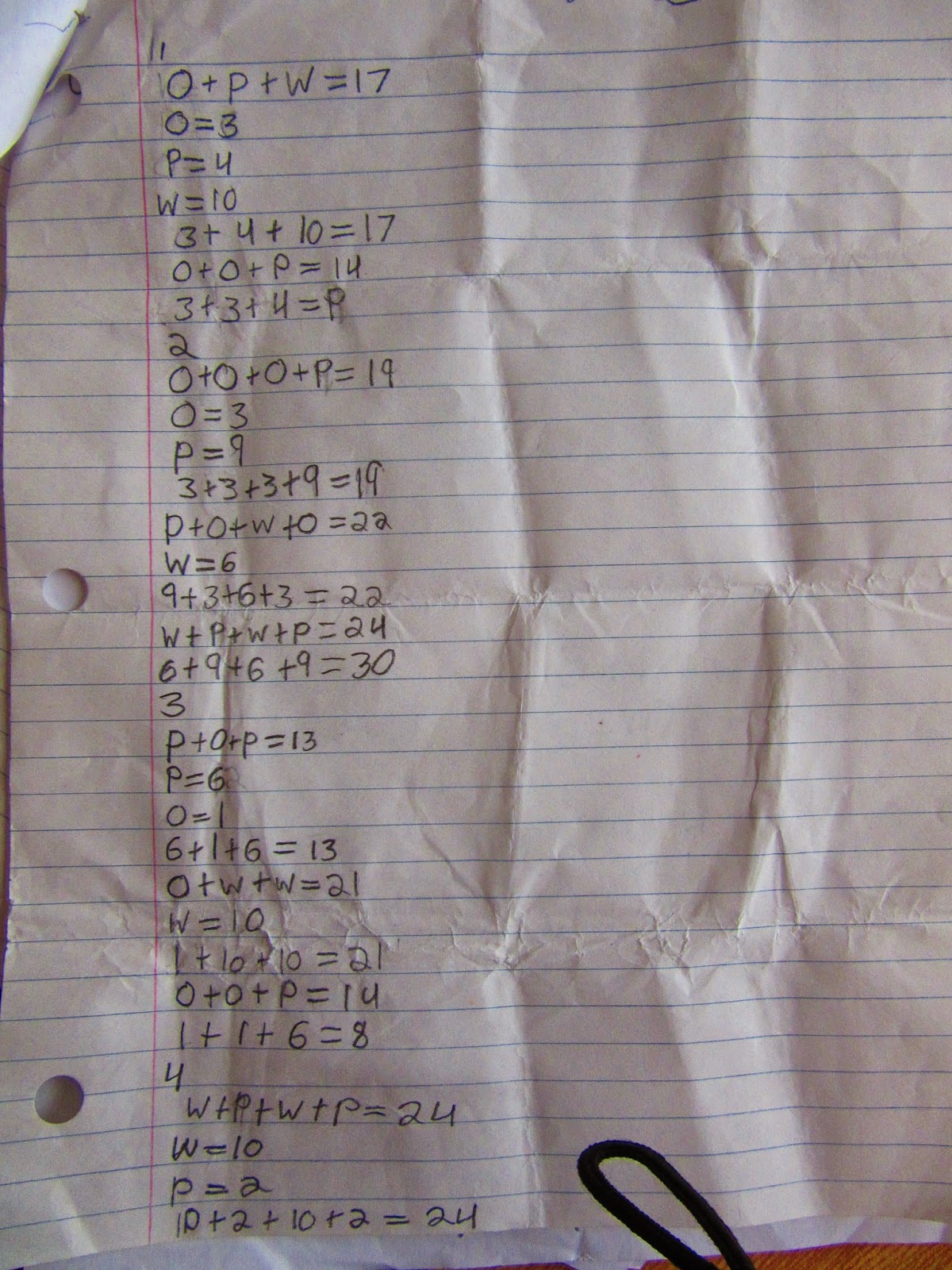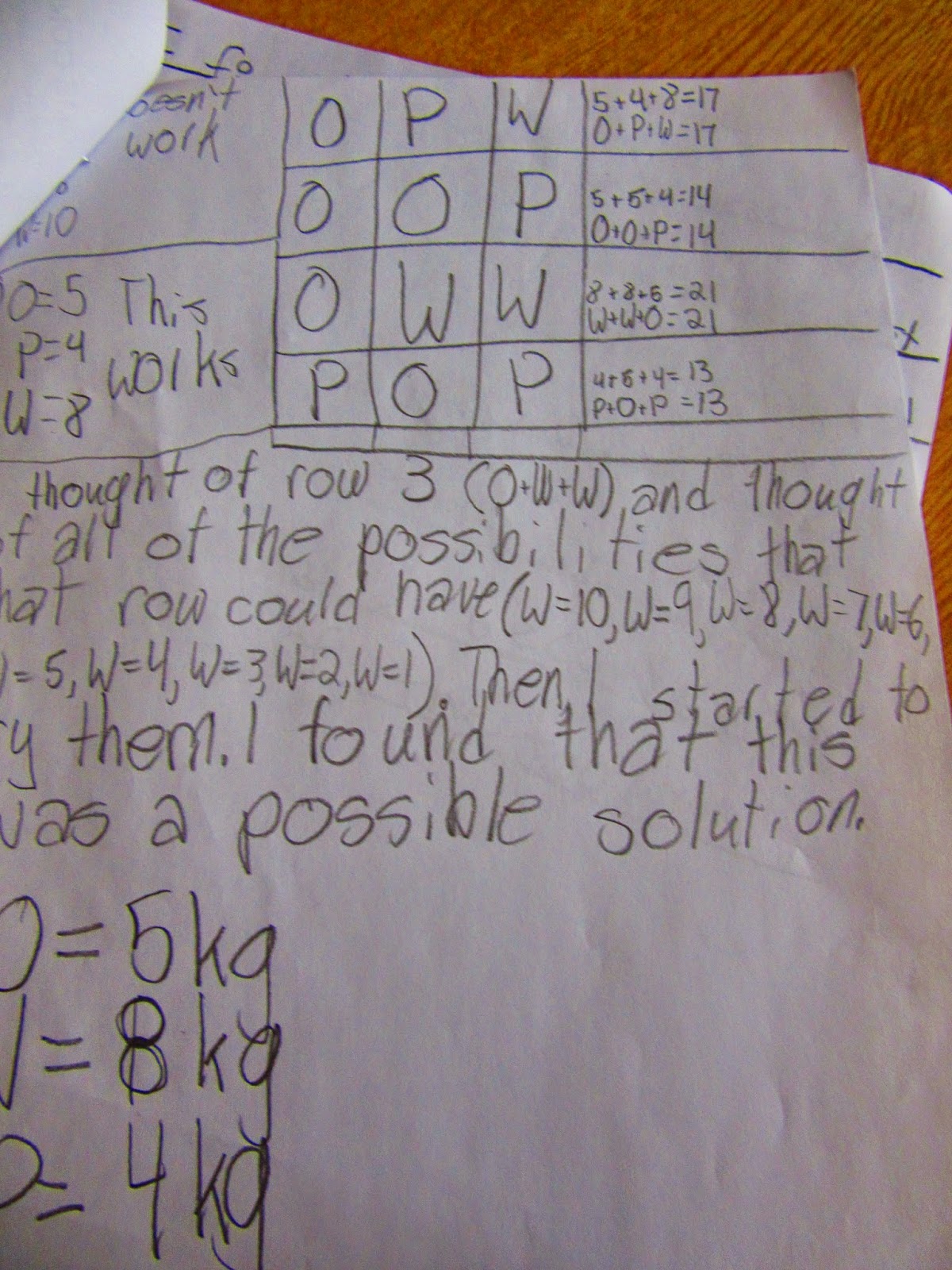We noticed that level 3 and level 4 summaries in the CASI exemplars included an inference, so we added an overall inference about the author's message, or the narratives theme to strengthen or summaries. We read the "Listen to the Wind", an non-fiction narrative based on the novel "Three Cups of Tea".
Each group thought we should include the WHERE AND WHEN in our summary so we had all the 5 Ws (What, Where, When, Who, Why). They felt it was important enough to add.
Here are the results from the three first groups...two more groups will visit the Guided Reading table next week.
We tried to stick to the main ideas only and keep our summary short and concise.
Predictions from Prediction Center:
Here are some of the Reading Response Journals. Students have been writing me letters about what they are currently reading.


































































































